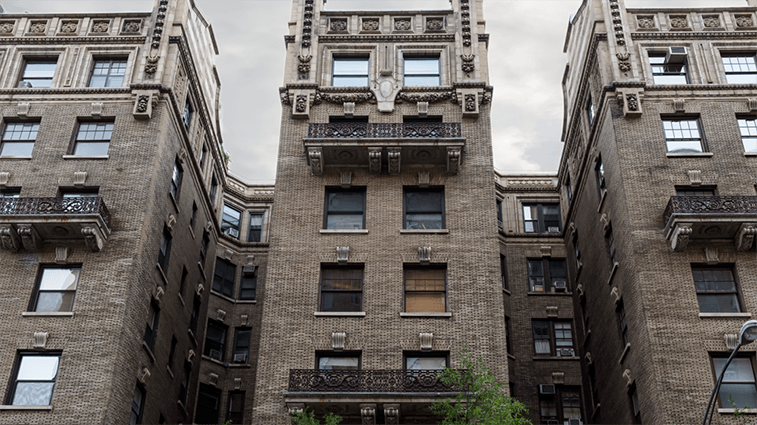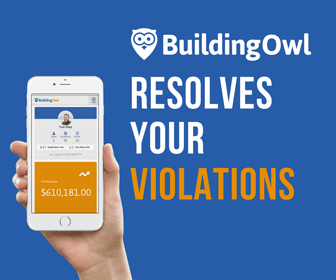
Balconies Exposed
The rescinded DOB memorandum on enclosed balconies (memo June 17, 1976) will make it more difficult to provide the popular amenity in New York City. In order for enclosed balconies to avoid counting toward floor area, they are required to abide by the floor area definition in New York City Zoning Resolution.
The rescinded balcony memo contained loose allowances regarding enclosed balconies. The DOB permitted enclosed balconies so long as the enclosures were readily removable, lightweight, non-combustible, and not considered permanent parts of the building. Materials such as glass, plexiglass, and screens were common. Masonry or any enclosures containing insulation were not permitted.
The memo made it possible for fully enclosed balconies to bypass floor area.
According to the current New York City Zoning Resolution, the inclusion of balconies as floor area is much more widespread. Section 12-10 under “floor area” states that in order for a balcony to not count as floor area, no more than 67 percent of the balcony can be enclosed. A parapet or railing is required. Parapets shall not be higher than 3’8”. Railings are to be no less than 50 percent open, no higher than 4’6”.
Why aren’t buildings willing to absorb the balcony floor area? Buildings are usually designed to the maximum floor area allowed by the zoning district’s FAR. Balconies are generally considered amenities. If the floor area of an enclosed balcony were to subtract from the maximum floor area allotted, most developers would prefer to utilize the space elsewhere.
Enclosed balconies were never intended to function as rooms, complete with heat, air conditioning, and fully enclosed walls. The spirit of 12-10 is that if the balcony is to function like a room, then it will have to count as floor area. With the enclosed balcony memo rescinded, it’s likely new developments will include only open or partially enclosed balconies.
Need consultation or expediting? Contact Outsource Consultants here.








